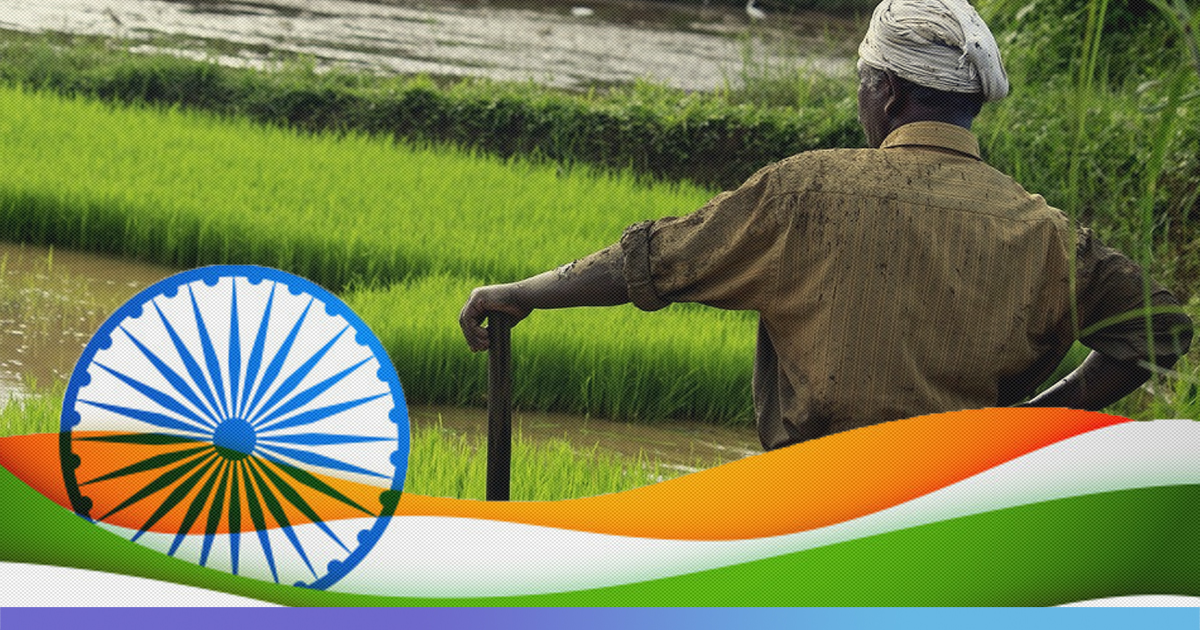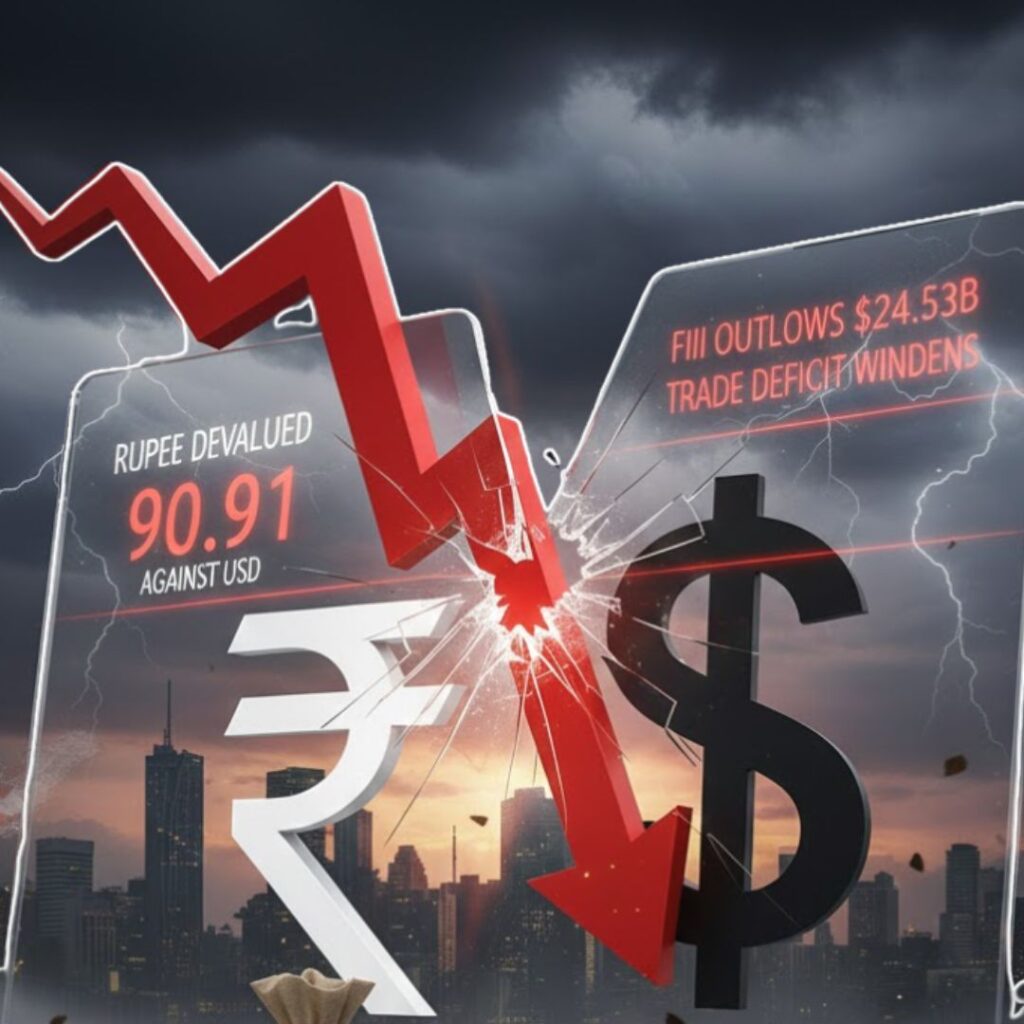The agriculture sector employs the maximum number of people in India. As per 2018 statistics, the agriculture sector is a major employer which has 50% of the total workforce in India. It contributes 17-18% to the country’s Gross Domestic Product (GDP).
After India attained freedom in 1947, the agriculture sector was characterized by feudal land relations and primitive. In a run-up to the 21st century, several policy-level reforms and transformations like the green and white revolutions later, the Indian agriculture sector fares better. However, this progress too is not devoid of challenges which require immediate attention.
Agriculture Sector Since Independence
According to the 2016 data provided by the government, India’s foodgrain production rose by five times in the last five decades. Notably, before mid-1960s India was heavily dependent on imports and food aid to meet domestic requirements.
The country was struck with massive famine between 1960 and 1965. This prompted the Indian government to introduce strong measures and schemes.
Thus marked the birth of the green revolution. The main architect of this revolution was MS Swaminathan. This was heavily inspired by the green revolution initiated by Norman Borlaug in the west. The revolution in India mainly aimed at the production of high-yielding crop varieties, use of insecticides and pesticides, bringing the proper irrigational infrastructure and improving rural infrastructures.
It helped India achieve self-reliance in foodgrain production. It has greatly helped India in becoming the second-largest producer of rice and wheat in the world. However, this revolution wasn’t devoid of criticism as it was suspected of causing environmental damage and also widening the regional disparities.
Other major revolutions of similar nature like the yellow revolution, blue revolution and operation flood soon followed.
In the budget introduced by Finance Minister Nirmala Sitharaman, she said that the agriculture and allied sectors grew at the annual rate of 2.9% between 2014-15 and 2018-19. Rs 1,30,485 crore has been allocated to the Ministry of Agriculture for the year 2019-20, 140% higher than the previous allocation.
There are several Farmer welfare schemes are already in place including-Soil Health Card scheme, Paramparagat Krishi Vikas Yojana, Pradhan Mantri Krishi Sinchayee Yojana, among others.
Agrarian Crisis
2018 marked the year of multiple agrarian protests.
Meagre income, inability to pay off loans, irregular rainfall, drought among reasons have led to a spike in farmer suicides. Every year over 15,000 farmers in India commit suicide failing to provide the daily need of their family.
Due to uncertainty, several farmers have given up farming and have opted for a reliable source of income, thus lowering the total output rate. A survey conducted by The Center for Study of Developing Societies (CSDS) noted that 76% of the 5,000 farm households across 18 states preferred to do some other work than farming. Of these, 60% farmers want to be employed in cities for better education, health and employment avenues there.
What Can Government Do To Combat Agrarian Crisis
Farm loan waivers, a favourable Minimum Support Price (MSP), improvement in irrigation facility are some immediate steps that the government is expected to take. These steps will help restore the farmer’s trust in the government.
The government must look to implement the suggestions of the Swaminathan Commission report which came in 2004. The commission headed by agricultural scientists, MS Swaminathan found – quantity and quality of water, technological challenges, unfinished agenda of land reforms, no access, adequacy and timelines institutional credit, lack of opportunities for assured and remunerative marketing, and factor-related weather pattern were the major reasons for country’s agrarian crisis.
The commission recommended the government provide an MSP at 50% profit above the cost of production. Successive governments despite promising, haven’t implemented recommendations by Swaminathan Commission.
Also Read: From British Colony To Military Prowess: Evolution Of Indian Armed Forces











